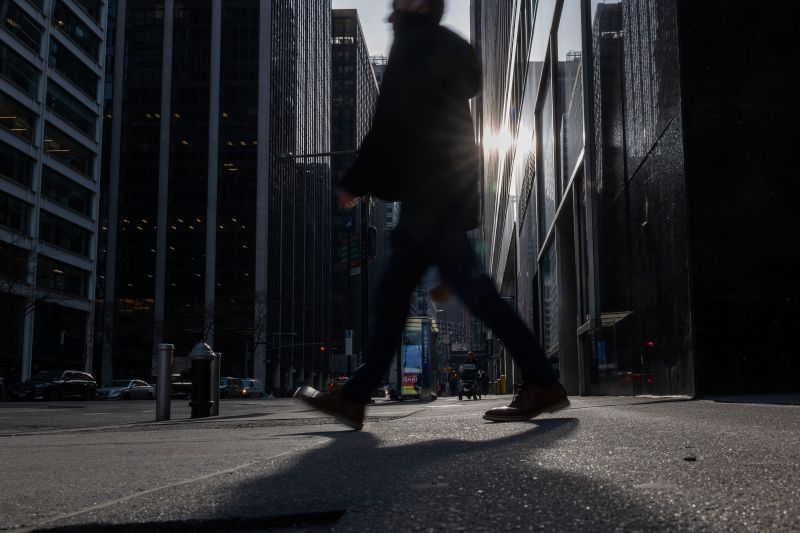Sweden just experienced the worst mass shooting in its history. Here’s what we know
This simple solution could bring some chill to scorching summer heat


Summers are becoming increasingly dangerous, especially in cities where the warming effects of tall buildings, concrete and asphalt send temperatures soaring. But there might be a simple, potentially inexpensive way to put a chill on urban heat: retroreflectors.
A study published Monday in the journal Nature Cities found when retroreflective material was installed on buildings, it decreased the surface temperature of those buildings by up to 36 degrees Fahrenheit, and air temperatures by nearly 5 degrees.
Reducing building temperature is “very, very important” for pedestrians at street level, said Elie Bou-Zeid, co-author of the study and professor of civil and environmental engineering at Princeton University, “because those walls radiate a lot of heat on you.”
Cooling those surfaces by 36 degrees “will make you feel significantly more comfortable,” he said. “It’s almost like being in the shade.”
Cities are significantly warmer than their surrounding suburbs and rural areas because of the way they are built. Tall buildings, dark roofs, asphalt and concrete absorb the sun’s rays and reflect its energy back into the environment as heat – the so-called urban heat island effect.
Urban designers have started to implement simple solutions to counteract the urban heat phenomenon, including painting roads white, planting more trees and building green roofs. But researchers say using retroreflective materials would have a more powerful cooling effect.
Retroreflectors take advantage of a simple concept: a number of mirrors in the shape of a cube corner reflects light back in the direction it came from. The same can be achieved with a mirror in the shape of a bowl.
They’re used in road signs and bicycle reflectors, for instance, to ensure headlights reflect to drivers’ eyes. They’re also used in running clothes with reflective strips on them. Cats’ eyes have similar, naturally occurring retroreflectors, which is why they appear to glow when you shine a light on them.
Bou-Zeid said retroreflective material could be developed as sheets or coatings to install on city surfaces. Given the material itself is relatively inexpensive, it could be a low-cost solution to an increasingly dangerous phenomenon, as temperatures continue to climb due to planet-warming pollution.
Small-scale versions of the idea have already been tested in the Netherlands and Italy. But there is no large-scale example yet because of how difficult it is to retrofit existing buildings.
Some US cities have taken steps to tackle extreme heat. Los Angeles streets were painted with a grayish-white coating to reflect sunlight and keep air temperatures cooler – just like a light shirt will keep you cooler than a dark one in the hot summer sun. But researchers say this solution is less effective than retroreflective material, which reflects sunlight back toward the sun “and not to other objects on the ground,” Bou-Zeid said.
There is one downside to it, though: It would make winters feel even colder – reflecting sunlight at a time when it’s beneficial – which could create new public health concerns. Bou-Zeid said it might be possible to design reflective materials that “turn off” when needed.
“When it’s very hot during the summer, they become white and reflect a lot back to the sky,” Bou-Zeid said. “When it’s very cold during the winter, they become black and don’t reflect a lot and mostly absorb (the sun’s) energy.”
To help reduce the urban impact of the climate crisis, cities need to implement as many measures as they can to adapt to and mitigate these changes, said Xinjie Huang, the lead author of the study and doctoral researcher at Princeton.











